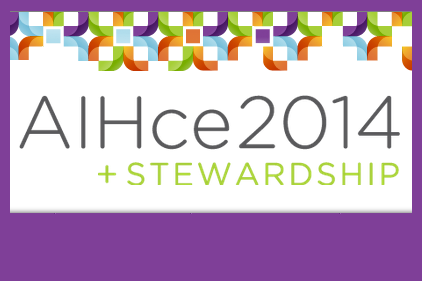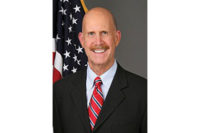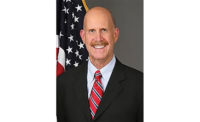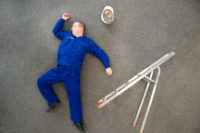This article is re-posted with permission from AIHA and The Synergist magazine.
The health effects of emerging manufacturing technologies and technological innovations in sampling practices will transform the industrial hygiene profession over the next 75 years, said NIOSH Director John Howard, MD, MPH, JD, LLM, in his AIHce 2014 General Session address at the Henry B. Gonzalez Convention Center.
Drawing on the AIHce 2014 theme “Evolution and Journey to a Safer Tomorrow” and AIHA’s celebration of its 75th anniversary this year, Howard delivered a brisk talk that celebrated the vision and foresight of AIHA’s founders in 1939 and described how those qualities will be needed to meet the health and safety challenges of America’s workforce over the next 75 years.
Same challenge, new technolgies
“The challenge to occupational health in the 21st century is the same as it was when AIHA was founded—ensure the safety and health of all workers,” Howard said, before adding that future industrial hygienists will be asked to solve problems of broader and deeper scope. New manufacturing technologies such as 3-D printing, which shapes objects and builds machines by adding layers of material, will bring about a new industrial revolution, according to Howard—and perhaps result in a radically different mandate for industrial hygienists.
“The current trend in manufacturing poses the question of whether robotic 3-D manufacturing removes the risks around which traditional industrial hygiene practice has been oriented,” Howard said.
Celebrating on the moon
Dramatic advances in sensor technology will also have a huge impact on industrial hygienists by the year 2089, when, Howard joked, AIHA will be celebrating its 150th anniversary at the Lunar Conference Center on the moon. New sensors that can monitor exposures are part of the modern trend toward accumulation and storage of massive amounts of data. According to Howard, the industrial hygienists of the future will face the significant challenge of making sense of all that data.
“The next era of exposure assessment may involve continuous sensing of the working environment,” Howard said. Industrial hygienists will soon have the ability to monitor chemical loads in workers’ bodies and determine how those exposures have altered the genome. In the next 75 years, Howard suggested that direct-reading instruments may allow workers to control their own exposures, and that industrial hygiene sampling may evolve to incorporate the use of sensors that continuously send exposure data to a central repository.
“What are we going to do with all that data that sensor technology is going to generate?” Howard asked. “Will we start accepting correlation instead of causation because of the sheer quantity of the data? Will you be known as an ‘exposure data scientist’?”
Howard concluded by praising AIHA’s longstanding commitment to protecting worker health and its members’ demonstrated abilities to adapt to new challenges.
“The practice of industrial hygiene has always been characterized by the development of new competencies,” Howard said. "I wish AIHA and its over ten thousand members not only a very happy 75th anniversary but 75 more years of illustrious achievement.”



